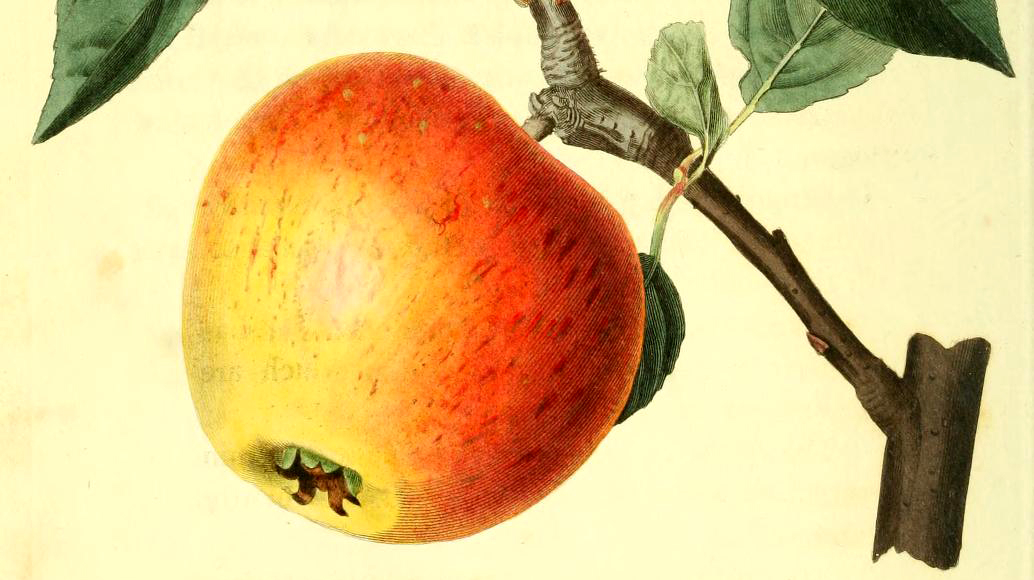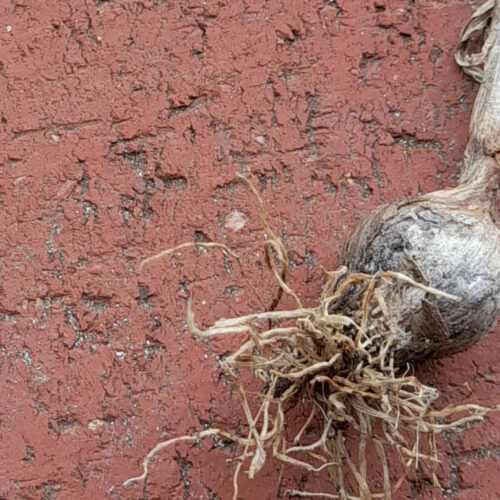The joy of home grown apples
2011-04-19T21:59:07+10:00
The number of apple varieties in cultivation has fallen off a cliff in the last 100 years, and commercial orchardists just aren't interested. It's time for gardeners to rediscover the wonders of home grown apples, writes Justin Russell.
April is high season for commercial apple growers. From here until the end of June, it’s all systems go as pickers harvest the bulk of the mid-season varieties, barely stopping for breath until the last of the late season Pink Ladies and Fujis are off the tree and safely tucked away in storage.
For home apple enthusiasts like me, however, the apple harvest is more of a relaxed Sunday afternoon stroll than a sprint. Unlike most commercial orchardists, who specialise in just a handful of varieties, I currently grow about 30 different apples, and plan to add quite a lot more in coming years. The earliest fruit like ‘Anna’ and ‘Beauty of Bath’ are ready to pick around Christmas or a bit later, with the harvest meandering through the next six months as different trees reach the climax of their season.
A staggered harvest is one of the home grower’s chief advantages. My trees will keep me in fresh apples for at least six months of the year, and the late ripeners like ‘Rome Beauty’ and ‘Sturmer Pippin’ can be put away in a cool shed to be stored, and gradually eaten, until the first blossoms burst in spring. Plus there’s the option of preserving fruit and making cider. All told, as my trees reach maturity I’ll be able to enjoy an apple from my own orchard, in one form or another, every day of the year.
This kind of pick-and-pick-again approach is a major turn off for commercial growers. In an era of slim margins and fickle consumers, it’s far more cost efficient to have fruit ripening within a two or three month window. These can then be picked all at once and put into cold storage for up to nine months, giving supermarket shoppers the option of eating a May ripening Granny Smith in March.
Industry bodies will tell you long term storage isn’t an issue. Apple and Pear Australia suggest that storage has been used for centuries, which is true, and that a number of varieties actually improve in flavour after some time in a “controlled atmosphere” – also true. The problem they happily overlook is that only a small range of varieties will ever make the grade. Early ripening apples that tend to keep poorly…cut. Fruit that isn’t sweet or firm enough…cut. The misshapen and the blemished…just forget about it.
Is it any wonder that number of apple varieties in cultivation has fallen off a cliff in the last 100 years? There are around 7500 known cultivars of apple. Australia’s largest collection, at Grove in Tasmania, contains around 500 different varieties. But on the supermarket shelves we’re lucky to see five.
This means that it’s up to home fruit enthusiasts like you and me to help conserve the remaining 7495. A couple of well chosen varieties will get you started, but half a dozen apples with a spread of textures, flavours, and ripening times will have you picking luscious fruit from December to July. It’s time for an apple renaissance!






